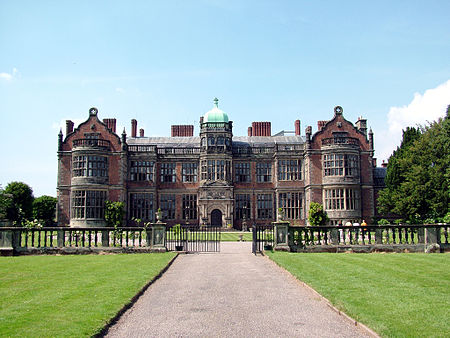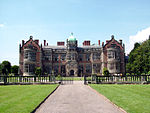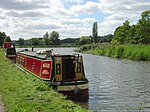Ingestre
Borough of StaffordCivil parishes in StaffordshireVillages in Staffordshire

Ingestre is a village and civil parish in the Stafford district, in the county of Staffordshire, England. The population of the civil parish taken at the 2011 census was 194. It is four miles to the north-east of the county town of Stafford. Ingestre Hall is a local landmark. It was formerly served by both Weston and Ingestre railway station and Ingestre railway station. The village, and civil parish, of Tixall is nearby. The civil parishes of Tixall and Ingestre have shared a single parish council of Ingestre with Tixall since 1979.
Excerpt from the Wikipedia article Ingestre (License: CC BY-SA 3.0, Authors, Images).Ingestre
Howe Farm Court,
Geographical coordinates (GPS) Address Nearby Places Show on map
Geographical coordinates (GPS)
| Latitude | Longitude |
|---|---|
| N 52.821 ° | E -2.0324 ° |
Address
Howe Farm Court
Howe Farm Court
ST18 0PZ
England, United Kingdom
Open on Google Maps








